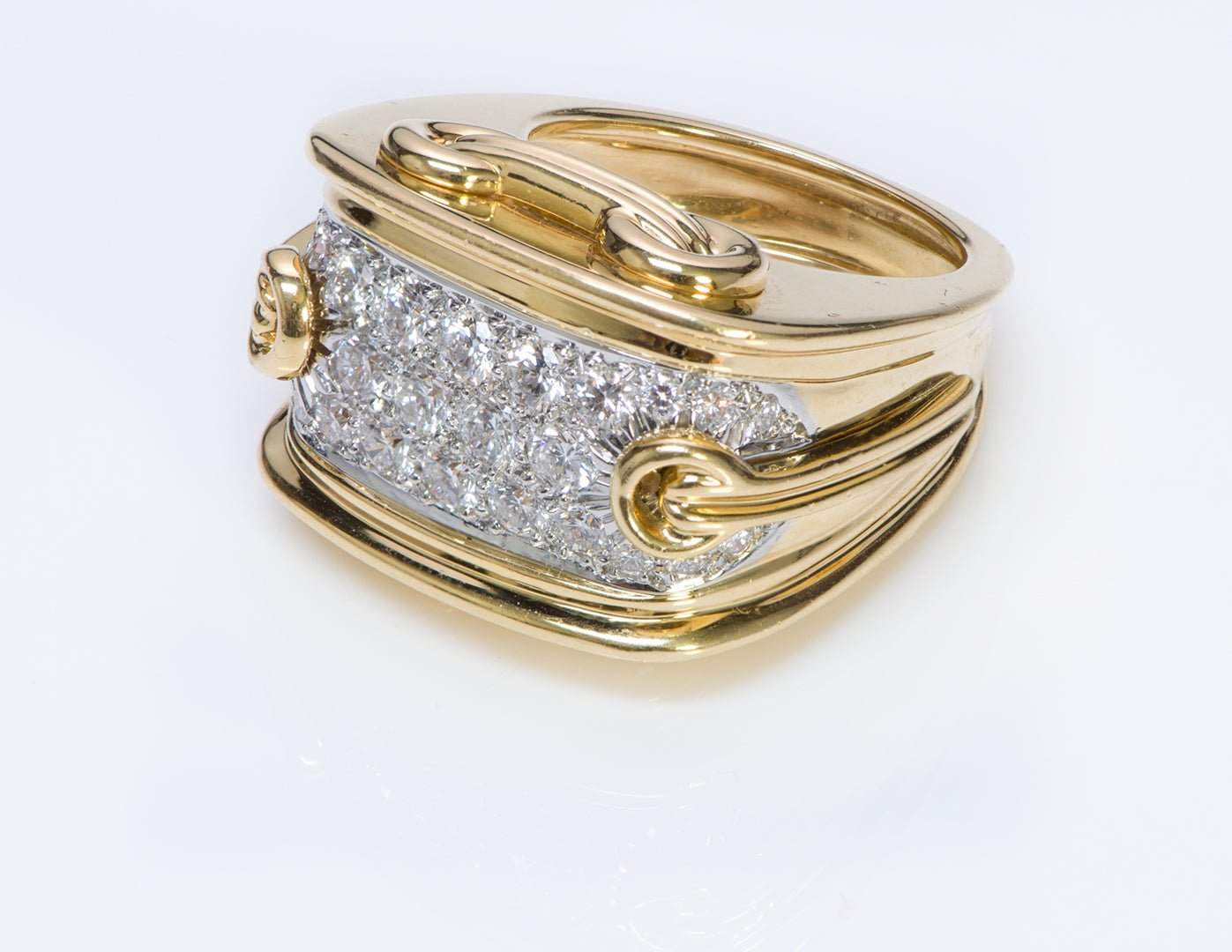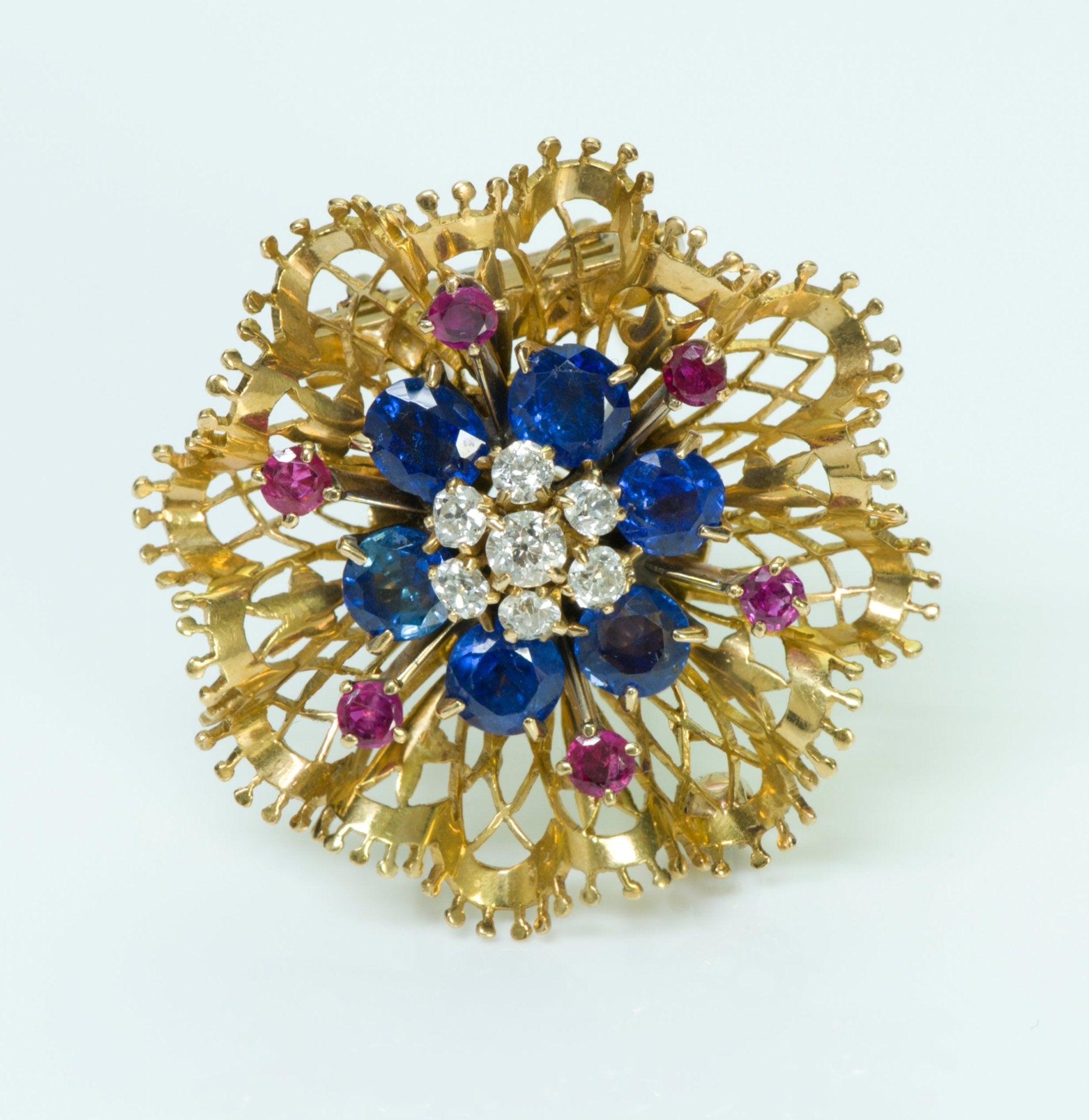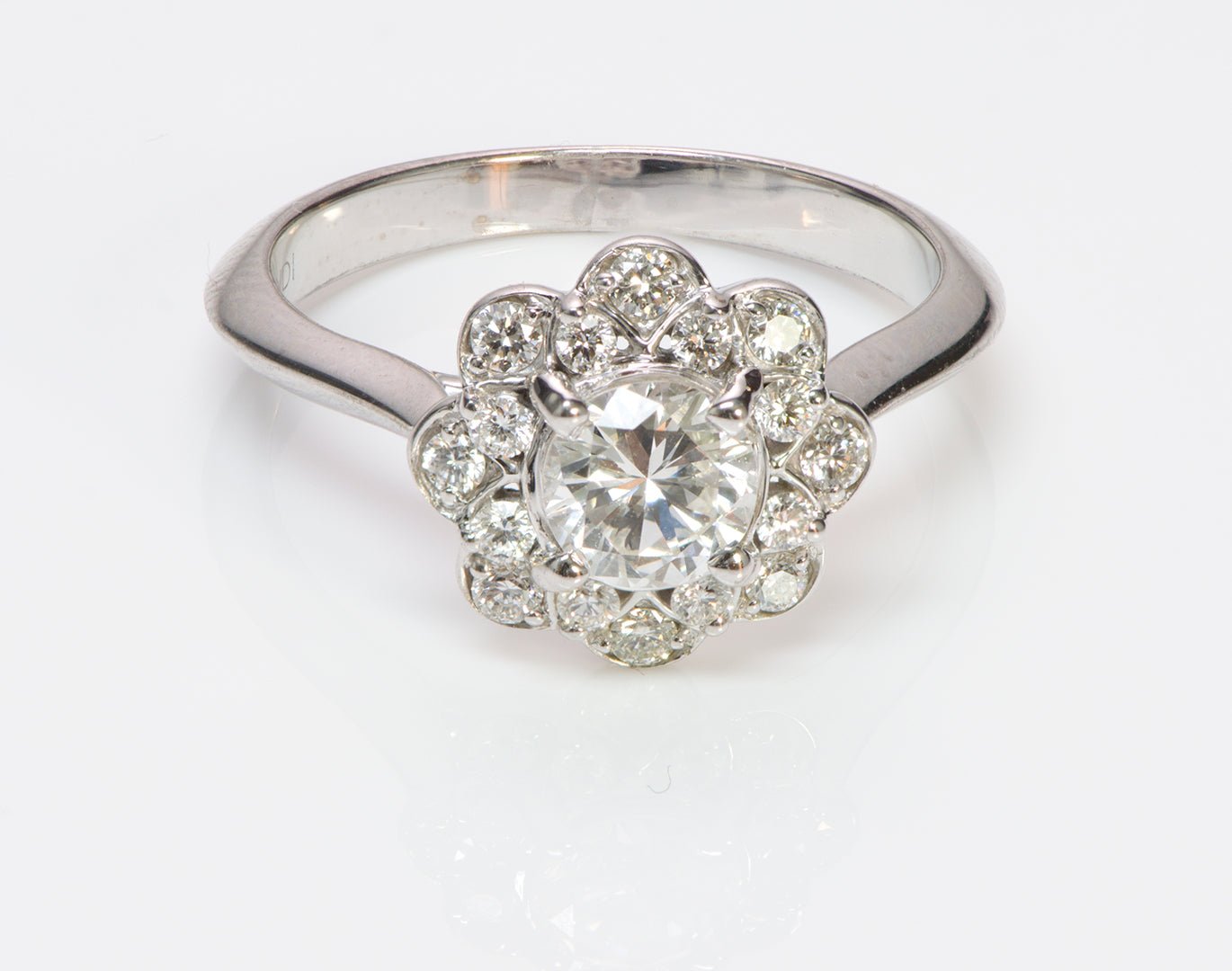
Diamonds Bewitching Stories From Antiquity
At DSF Antique Jewelry we’re very passionate about craftsmanship, history, and preserving the legacy of fine jewelers of the past. Passion along though is not enough to be successful and reputable in this business. Our knowledge, combined with over four decades of constant research, is what enables us to offer our customers unique, rare and authentic finds. We really want to share this knowledge with you. This is how an idea of establishing weekly “Learn Something New About Vintage and Antique Jewelry” editorial series was born. Please check back our website often and share with your friends who are also curious about all things antique!
How Diamonds Are Made?
As the most famous and likewise infamous gem, the diamond has simplest chemical makeup. It’s a crystallized pure carbon. Carbon, when subjected to intense pressure under intense heat and then thrust to the surface of our earth, forms the sought after gem. Did you know that diamond is the hardest natural substance yet discovered? So hard in fact, diamonds are used for cutting, grinding, and drilling. Aside from these rough uses, diamonds symbolise wealth, beauty, as well as a fair share of mystery as well. Diamonds are found in all sorts of colors ranging from clear, to yellow, to blue, orange and even black. Despite the variety, the most common and widely sought after is the pure white variety.
A Farmer Finds Eight Tons of Diamonds
Central india is widely considered to be the first to discover diamonds, with diamonds being extracted from the sands at the bottom of streams and rivers in the 4th century BC. The stones were polished by rubbing them against other diamonds. In Brazil, diamonds were discovered in such vast quantities, that in order to keep the precious stone from losing its value, heavy taxes were lathered upon the miners by the portugese government.
The brazilian fields remained the most prolific of mining fields until another discovery was made in Africa. In 1867, a young farmer picked up a rather beautiful stone from the Vaal river. He gave it to his mother, who also being impressed, gave it to a neighbor to examine. The stone was then found to be a diamond worth two thousand five hundred dollars. The news made their way around and attracted hundreds of miners who sought riches and diamonds. Almost eight tons of diamonds were dished out from these fields!
Have an Unfriendly Face at the Office? Wear a Diamond On Your Left Arm
Historically, diamonds have been believed to play a variety of roles in peoples lives and the some of the most common beliefs continue to this day. Romans took the diamond to be a charm of strength and daring, and when worn on their left arm, gives strength over enemies. As one ancient text states: “He who carries a diamond on the left side shall be hardy and manly; it will guard him from accidents to the limb; but nevertheless, a good diamond will lose its power and virtue if worn by one who is incontinent or drunken.” Pliny also wrote in the year 77 AD: “the greatest value among the objects of human property, not merely among precious stones, is due to the Diamond, a long time known only to kings and even to very few of these.”
You Can Increase Diamond's Brilliance
Jewish priests wore diamonds in their vestments and used these gems to determine a man's guilt or innocence. Held before an innocent man, the diamonds brilliance would increase and dazzle before ones eyes, while if put before one that was guilty, the diamond would lose its brilliance and become dull. The diamond represented faith, justice, innocence and strength. The early Christians held it to be a cure for external and internal evil, and as a sign of their Lord.
In the medieval ages, the diamond was considered both an antidote, and a poison. An antidote for all things harmful when worn on a ring, and a poison, perhaps because diamond miners were known to be swallow diamonds in an attempt to steal them.
Read more about diamond’s power to maintain harmony between husband and wife in the Diamonds: Bewitching Stories From Antiquity--Part 2


















